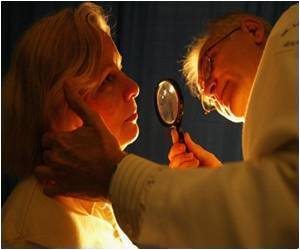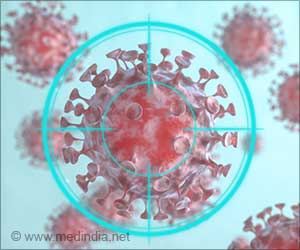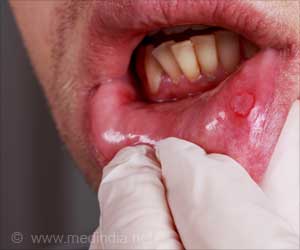
To study whether melanoma death rate trends might differ according to SES, researchers led by Vilma Cokkinides, Ph. D, reviewed death certificates from 26 states, representing approximately 45 percent of the U.S. population. They found melanoma mortality declined about ten percent between over the latest ten-year span (1993-97 to 2003-07) in both men (RR= 0.916, 95% C.I.= 0.878, 0.954) and women (RR = 0.907, 95% C.I.= 0.857, 0.957).
However, declines occurred only among those with at least 13 years of education or more, irrespective of sex. In fact, there were actually non-significant increases among the least educated individuals. As a result, the educational gap in melanoma mortality rates widened by 51.7% in men and by 35.7% in women between the two time periods (1993-97 and 2003-07).
"To our knowledge, this is the first study to document this education gap in melanoma mortality trends among Non-Hispanic Whites in the U.S.," said Dr. Cokkinides. "The reasons for the widening of the educational gap in mortality rates are not yet understood, but we do know the cornerstone of melanoma control is recognizing the signs of melanoma early. Lower socioeconomic status is associated with suboptimal knowledge and awareness of melanoma, inadequate health insurance, and lower rates of skin self-examination or physician screening."
The authors conclude recent declines in melanoma mortality are largely confined to more educated groups, and that an increasingly disproportionate burden of fatal melanoma among low SES populations calls for more vigilant primary and secondary prevention education campaigns directed to high-risk, low SES individuals and the physicians that care for them.
Source-Eurekalert












